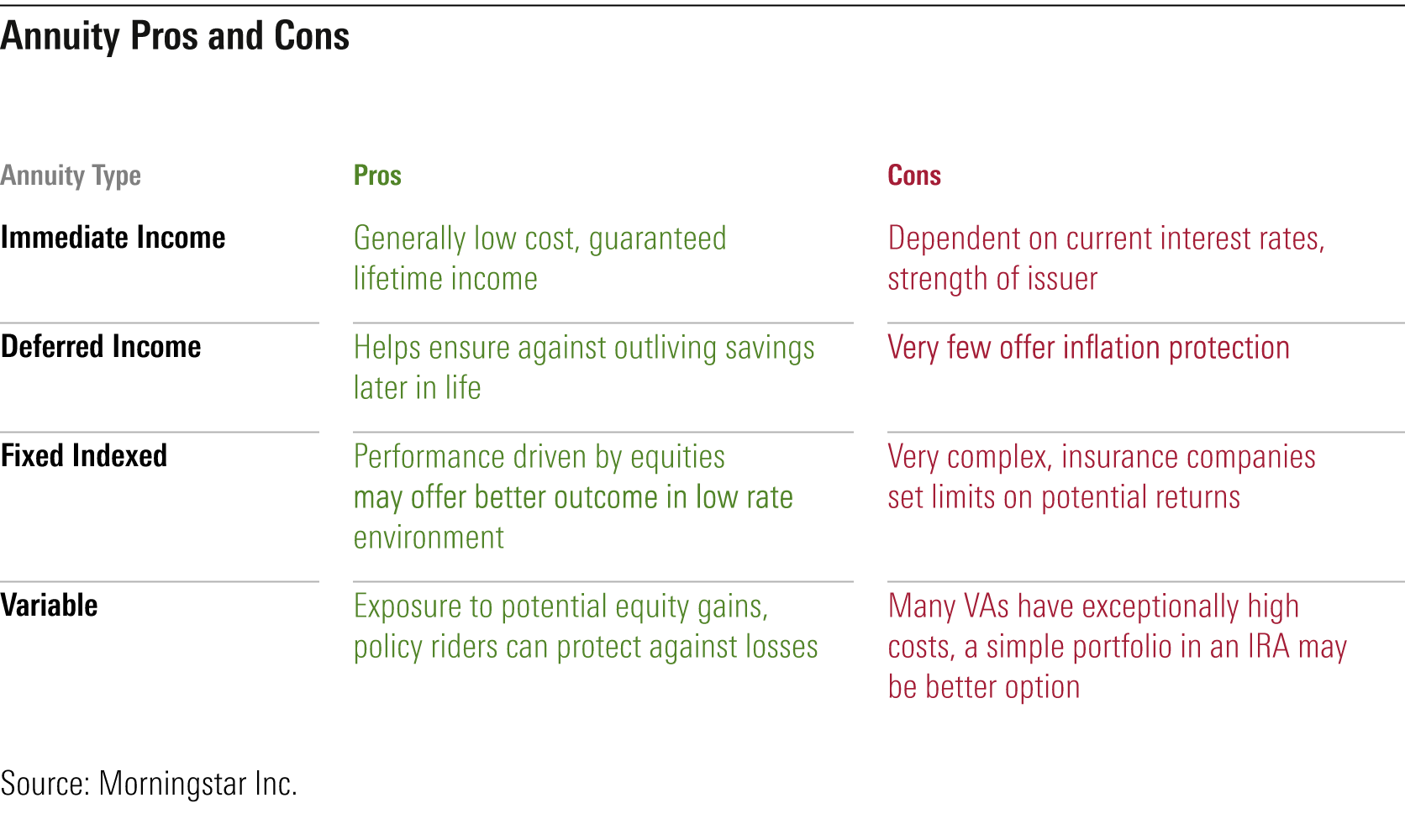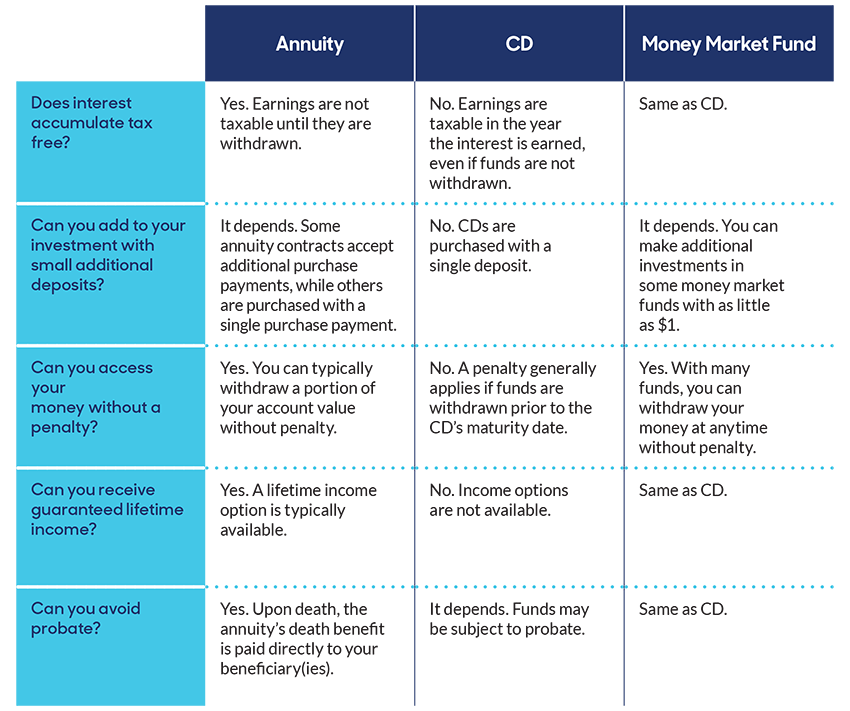All Categories
Featured
Table of Contents
Just as with a taken care of annuity, the owner of a variable annuity pays an insurance provider a lump amount or collection of settlements for the assurance of a series of future repayments in return. As stated over, while a fixed annuity grows at a guaranteed, constant price, a variable annuity expands at a variable price that depends upon the efficiency of the underlying financial investments, called sub-accounts.

Throughout the accumulation stage, assets invested in variable annuity sub-accounts grow on a tax-deferred basis and are strained only when the agreement owner takes out those profits from the account. After the build-up phase comes the revenue stage. Gradually, variable annuity possessions need to in theory raise in value till the contract owner chooses he or she would love to begin withdrawing cash from the account.
The most significant concern that variable annuities typically existing is high price. Variable annuities have a number of layers of charges and expenses that can, in aggregate, produce a drag of approximately 3-4% of the contract's value annually. Below are the most usual costs related to variable annuities. This cost makes up the insurance provider for the threat that it thinks under the regards to the contract.
Decoding How Investment Plans Work Everything You Need to Know About Financial Strategies What Is the Best Retirement Option? Benefits of Choosing the Right Financial Plan Why Choosing the Right Financial Strategy Matters for Retirement Planning Fixed Index Annuity Vs Variable Annuities: Explained in Detail Key Differences Between Different Financial Strategies Understanding the Rewards of Long-Term Investments Who Should Consider Strategic Financial Planning? Tips for Choosing the Best Investment Strategy FAQs About Annuities Fixed Vs Variable Common Mistakes to Avoid When Choosing a Financial Strategy Financial Planning Simplified: Understanding Your Options A Beginner’s Guide to Smart Investment Decisions A Closer Look at Pros And Cons Of Fixed Annuity And Variable Annuity
M&E expenditure costs are calculated as a percentage of the agreement worth Annuity issuers hand down recordkeeping and various other management expenses to the agreement owner. This can be in the type of a level yearly fee or a percentage of the contract value. Management charges might be included as component of the M&E risk cost or might be examined separately.
These charges can range from 0.1% for passive funds to 1.5% or even more for proactively taken care of funds. Annuity contracts can be tailored in a variety of means to serve the certain needs of the agreement proprietor. Some common variable annuity riders consist of assured minimal build-up advantage (GMAB), assured minimum withdrawal benefit (GMWB), and assured minimum income benefit (GMIB).

Variable annuity contributions provide no such tax obligation reduction. Variable annuities often tend to be very inefficient lorries for passing wealth to the future generation because they do not enjoy a cost-basis change when the initial contract owner passes away. When the owner of a taxable financial investment account dies, the price bases of the financial investments held in the account are adapted to show the marketplace rates of those financial investments at the time of the owner's fatality.
Decoding How Investment Plans Work Key Insights on Your Financial Future Defining Fixed Vs Variable Annuity Pros And Cons Benefits of Choosing the Right Financial Plan Why Variable Vs Fixed Annuity Matters for Retirement Planning Fixed Vs Variable Annuities: A Complete Overview Key Differences Between Different Financial Strategies Understanding the Rewards of Long-Term Investments Who Should Consider Fixed Income Annuity Vs Variable Annuity? Tips for Choosing Variable Vs Fixed Annuity FAQs About Planning Your Financial Future Common Mistakes to Avoid When Planning Your Retirement Financial Planning Simplified: Understanding Variable Vs Fixed Annuities A Beginner’s Guide to Smart Investment Decisions A Closer Look at Indexed Annuity Vs Fixed Annuity
Such is not the situation with variable annuities. Investments held within a variable annuity do not receive a cost-basis modification when the original proprietor of the annuity passes away.
One substantial concern connected to variable annuities is the potential for disputes of passion that might exist on the component of annuity salespeople. Unlike a monetary consultant, who has a fiduciary obligation to make investment decisions that profit the customer, an insurance policy broker has no such fiduciary responsibility. Annuity sales are very rewarding for the insurance experts that offer them since of high in advance sales compensations.

Numerous variable annuity agreements have language which puts a cap on the percent of gain that can be experienced by specific sub-accounts. These caps prevent the annuity proprietor from totally participating in a part of gains that might otherwise be appreciated in years in which markets produce considerable returns. From an outsider's viewpoint, presumably that financiers are trading a cap on financial investment returns for the abovementioned assured flooring on investment returns.
As noted over, surrender costs can significantly restrict an annuity owner's capacity to relocate properties out of an annuity in the early years of the agreement. Additionally, while the majority of variable annuities permit contract owners to take out a defined amount during the accumulation stage, withdrawals past this amount usually lead to a company-imposed charge.
Withdrawals made from a set rates of interest financial investment choice can likewise experience a "market value modification" or MVA. An MVA changes the worth of the withdrawal to reflect any kind of modifications in rates of interest from the moment that the cash was purchased the fixed-rate option to the moment that it was withdrawn.

On a regular basis, even the salesmen that sell them do not totally comprehend exactly how they function, and so salespeople sometimes take advantage of a buyer's feelings to sell variable annuities instead than the advantages and suitability of the products themselves. We believe that investors need to fully recognize what they own and how much they are paying to possess it.
Highlighting Fixed Indexed Annuity Vs Market-variable Annuity Everything You Need to Know About What Is A Variable Annuity Vs A Fixed Annuity What Is Fixed Income Annuity Vs Variable Annuity? Pros and Cons of Various Financial Options Why Variable Annuity Vs Fixed Annuity Is Worth Considering Fixed Annuity Vs Equity-linked Variable Annuity: Explained in Detail Key Differences Between Different Financial Strategies Understanding the Rewards of Fixed Vs Variable Annuity Pros Cons Who Should Consider Annuity Fixed Vs Variable? Tips for Choosing the Best Investment Strategy FAQs About Fixed Interest Annuity Vs Variable Investment Annuity Common Mistakes to Avoid When Planning Your Retirement Financial Planning Simplified: Understanding Your Options A Beginner’s Guide to Smart Investment Decisions A Closer Look at Variable Annuities Vs Fixed Annuities
Nevertheless, the exact same can not be said for variable annuity properties held in fixed-rate investments. These assets legally belong to the insurer and would therefore go to danger if the business were to stop working. Likewise, any type of assurances that the insurance coverage company has actually consented to offer, such as an assured minimum income advantage, would be in inquiry in the event of a business failing.
Prospective buyers of variable annuities must recognize and take into consideration the financial problem of the issuing insurance policy firm prior to entering into an annuity agreement. While the benefits and disadvantages of numerous kinds of annuities can be debated, the genuine issue bordering annuities is that of suitability.
Besides, as the saying goes: "Customer beware!" This post is prepared by Pekin Hardy Strauss, Inc. Variable annuity risks. ("Pekin Hardy," dba Pekin Hardy Strauss Wealth Management) for informative objectives just and is not intended as a deal or solicitation for service. The info and data in this post does not comprise lawful, tax obligation, bookkeeping, financial investment, or various other professional suggestions
Table of Contents
Latest Posts
Understanding Indexed Annuity Vs Fixed Annuity Everything You Need to Know About Financial Strategies Breaking Down the Basics of Fixed Income Annuity Vs Variable Growth Annuity Pros and Cons of Fixed
Understanding Financial Strategies Key Insights on Annuity Fixed Vs Variable Breaking Down the Basics of Fixed Annuity Vs Variable Annuity Pros and Cons of Various Financial Options Why Choosing the R
Highlighting the Key Features of Long-Term Investments A Comprehensive Guide to Investment Choices Breaking Down the Basics of Fixed Annuity Or Variable Annuity Benefits of Choosing the Right Financia
More
Latest Posts